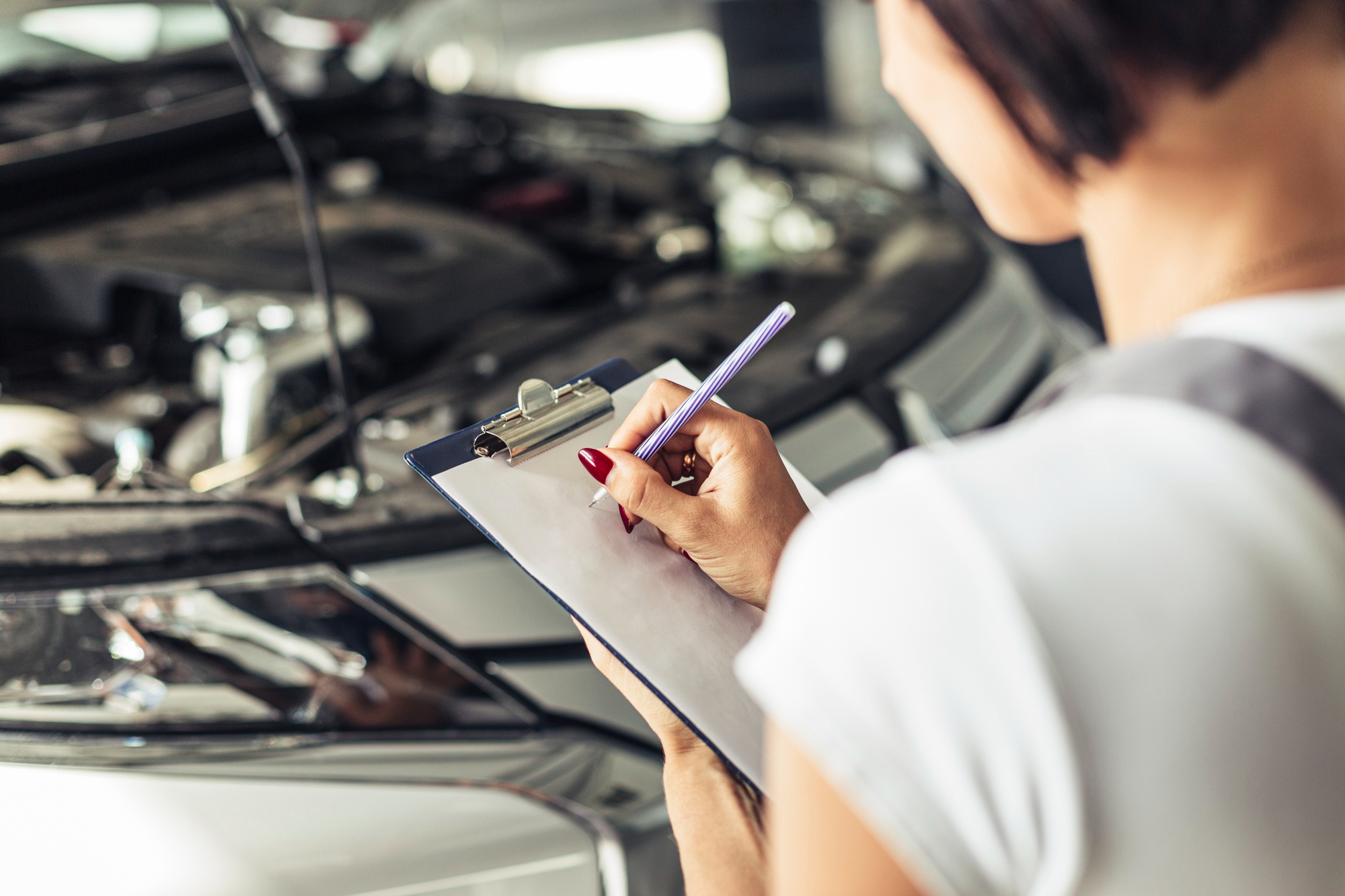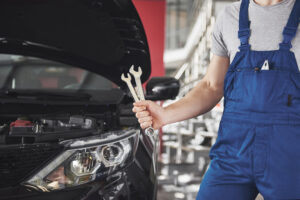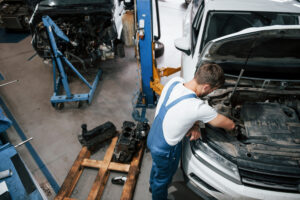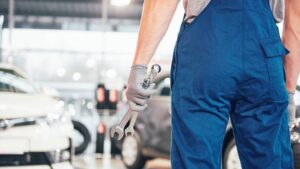When a vehicle is involved in an accident, the immediate damage is generally highlighted: dents, scrapes, and evident structural flaws. However, the full degree of the damage may extend far deeper than what is evident on the surface. Even if an automobile looks to be in good condition, concealed damage to the structure, suspension, or safety systems can have a substantial impact on its safety and performance.
This is why routine car checks are required following an accident. These checks go beyond the apparent cosmetic fixes to guarantee that your automobile is returned to its best possible condition while prioritizing road safety. In this article, we will look at why post-collision inspections are so important and how they contribute to your vehicle’s overall safety.
Detect Hidden Damage
Following an accident, your car may have damage that is not immediately obvious. The collision may produce structural or frame misalignments, affecting the vehicle’s overall safety and performance. These flaws may not appear immediately away, but they might jeopardize the vehicle’s integrity, leading to more significant difficulties in the future.
Frame damage is especially worrying since even minor misalignments can significantly alter how the car drives, its crash safety systems, and its capacity to absorb force in future crashes. Regular inspections can uncover concerns such as the following:
- Frame misalignment.
- Bent suspension components.
- Damaged steering mechanisms.
- Hidden stress areas in the chassis.
- By correcting these concerns early, you may prevent future degradation and keep your car safe to drive.
Ensure Proper Alignment
Even a little bump on the road might cause your car to lose alignment after a collision. Misalignment can cause the vehicle to pull to one side, resulting in uneven tire wear, worse fuel economy, and poor handling.
If left unchecked, misalignment can result in:
- Accelerated tire wear
- Increased chance of tire blowouts
- Unstable steering and handling.
- Uneven braking performance.
A routine post-collision checkup will examine the vehicle’s alignment and guarantee that the tires, suspension, and steering components are all in perfect alignment. Correcting any concerns discovered during the inspection can help to avoid additional damage while also improving your vehicle’s safety and performance.
Assess the Effectiveness of Safety Features
Collisions can have an influence on the correct operation of important safety elements in your car, even if there is no visible external damage. Systems like airbags, seat belts, and crumple zones rely on the vehicle’s chassis and interior structure to function properly. If certain locations are damaged, the safety mechanisms may not operate properly in the case of a future accident.
During a post-collision examination, specialists will examine the following:
- Airbag sensors: Airbags are intended to deploy when various sorts of crashes. A collision may cause sensor damage, resulting in a failure to deploy airbags in subsequent incidents.
- Seatbelt Mechanisms: Seatbelts are essential for keeping passengers safe in an accident. An inspection will ensure that the seatbelt retractors and locking mechanisms are functioning properly.
- Crumple Zones: Crumple zones are areas of the car designed to absorb impact and protect passengers. If they’re damaged, the vehicle may not withstand future collisions as well.
By performing a thorough inspection, you ensure that your vehicle’s safety systems are intact and ready to perform as they should if you’re ever involved in another collision.
Help You Stay Compliant with Insurance and Warranty Policies
Many insurance companies conduct post-collision inspections to check that your vehicle’s repairs meet industry standards before covering the expenses of any damage. A professional inspection verifies that the repairs were completed appropriately, making it simpler to obtain the coverage you are entitled to.
Furthermore, your vehicle’s manufacturer warranty may require specific checkups to be valid. Failure to obtain a post-collision examination may void your warranty, leaving you with out-of-pocket expenses for repairs that would otherwise be covered.
Improve your Driving Comfort and Performance
A post-collision examination is more than simply about safety; it also aims to improve your driving experience. Your vehicle’s driving characteristics may alter after an accident. You may notice that the steering seems odd, the suspension appears tighter, or the vehicle pulls to one side. These flaws might have a substantial influence on your comfort and driving experience.
A comprehensive check will detect any items that require adjustment or replacement, returning your vehicle’s performance to pre-collision levels. A well-maintained vehicle will offer:
- Smoother handling and steering
- Improved riding comfort.
- Improve fuel efficiency by addressing any alignment concerns.
- Repairing suspension or drivetrain components might result in quieter operation.
Conclusion
Post-Collision vehicle inspections are more than just a formality; they are critical to assuring your vehicle’s safety, performance, and durability. Hidden damage, misalignment, and impaired safety features can all endanger you if not remedied immediately. You may safeguard yourself, your passengers, and your investment by arranging frequent inspections following an accident.
Make sure your vehicle is actually roadworthy by seeking professional assistance and undergoing a complete inspection. A minor investment in a full examination now can save you from much higher expenditures and safety issues in the future.




